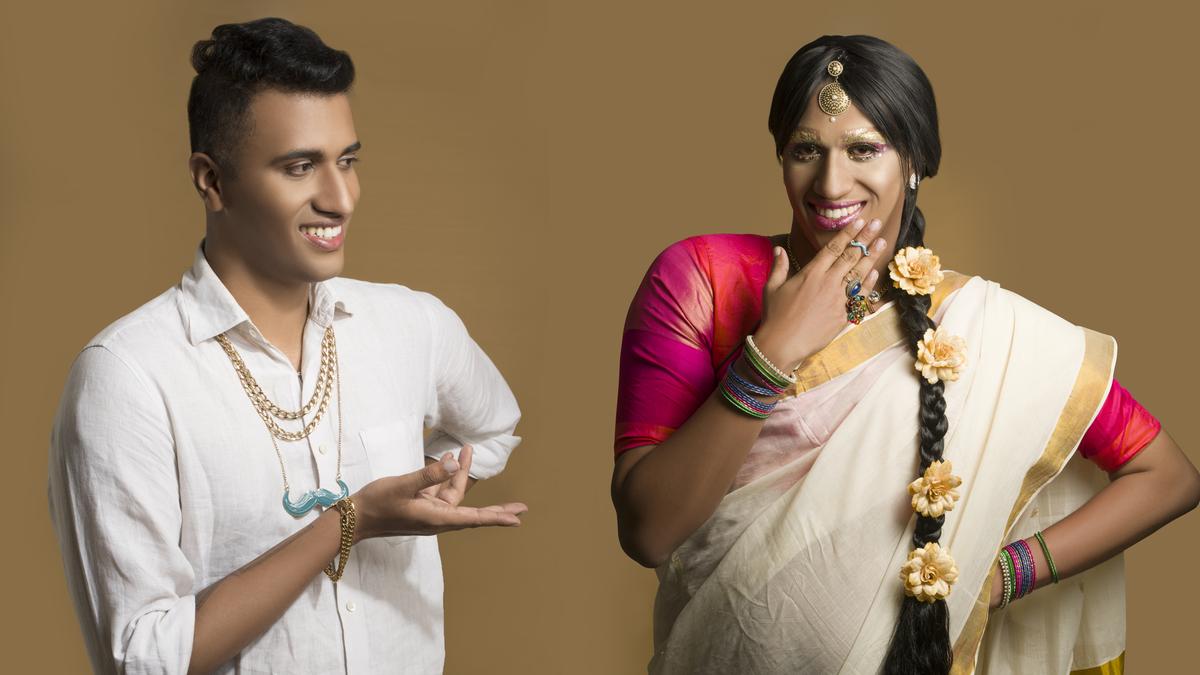Drag is an artistic performance that traditionally involves men dressing up as or impersonating women using extravagant costumes, makeup, music and dance. Drag culture has significantly influenced mainstream entertainment, fashion, and social activism, by challenging societal norms and advocating for acceptance and visibility of LGBTQ+ identities. While the increasing popularity of drag in Indian cities reflects the growing acceptance of new artistic forms, stigma and misconceptions still persist.
Glad drags Though the drag culture in India is commonly believed to have been borrowed from the West, examples of similar practices in our country abound. Speaking to The Hindu, Bengaluru-based Alex Mathew, popularly known as Maya The Drag Queen, explained that the custom originated during the early days of theatre, specifically in Shakespearean times when women were not allowed to perform on stage and “effeminate men had to perform women’s roles”. “This system continues in traditional Indian art forms to this day and is seen in Kathakali, Theyyam, Yakshagana and other dance recitals,” says Alex.

Recalling his first stage experience as a woman, Alex said, “I had dressed up as Nagavalli (a character from the Malayalam movie Manichitrathazhu ) for a fancy dress competition. The intention was not to win a prize; I just wanted to express my feminity.” Now, having been part of Bengaluru’s drag scene for about a decade, Alex says he faced challenges in being recognised in .
















